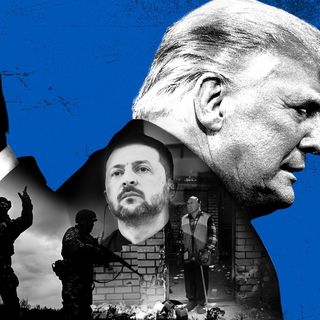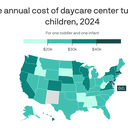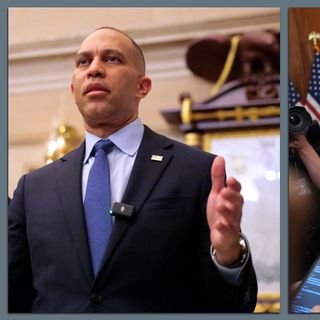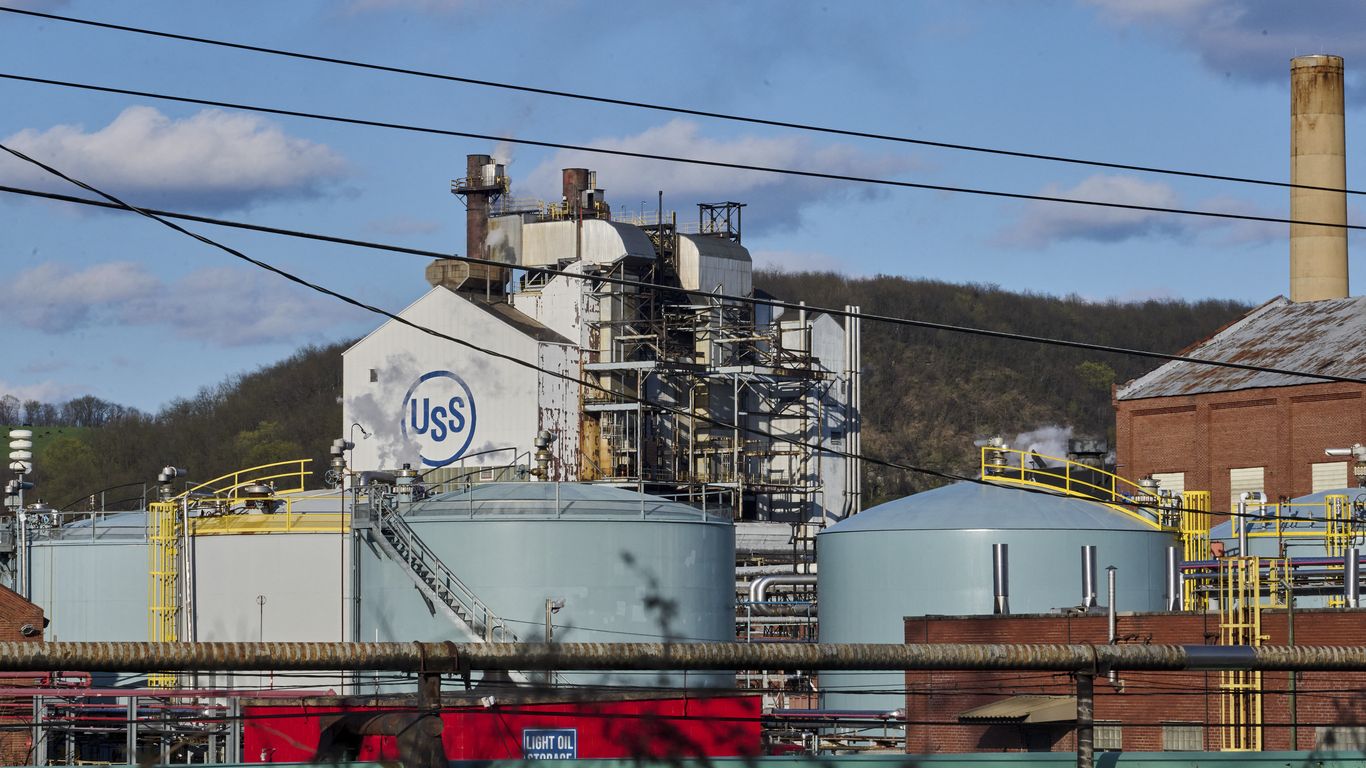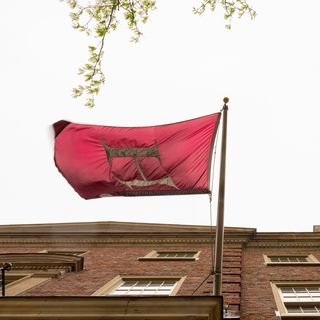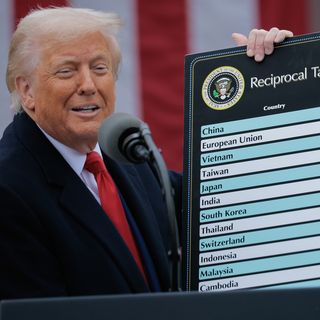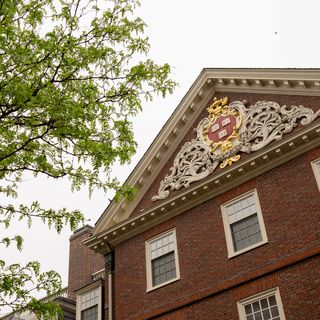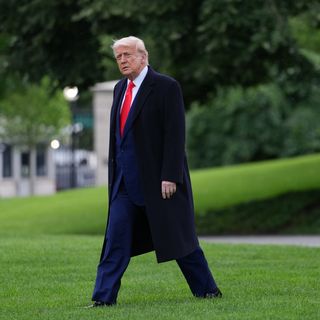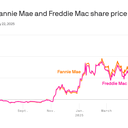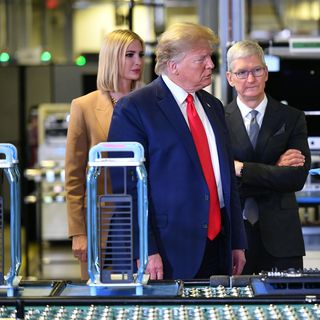Trump the central planner
President Trump may paint China as the enemy, but lately he's been awfully fond of their command-economy playbook.
Why it matters: Trump's extraordinary interventions — which dovetail with what some critics have labeled "MAGA Maoism" — are rattling businesses, consumers and investors, and throwing global markets into turmoil.
The big picture: Trump has already stretched the power of the presidency to remake the government in his image. Now he's trying to do the same with Corporate America.
- Trump spooked markets on Friday by threatening Apple with huge financial risk if it doesn't move iPhone manufacturing to the U.S. — later expanding his threat to Samsung and other phone makers.
- He has demanded Walmart absorb the cost of his tariffs to avert price hikes for consumers, warning on Truth Social: "I'll be watching."
- He's ignored a law that was supposed to ban TikTok in the U.S. if its Chinese parent company did not divest, embracing the app after it proved useful to his 2024 campaign.
- He's even told parents to buy fewer cheap toys from China amid the threat of supply chain shortages, saying that "maybe the children will have two dolls instead of 30 dolls."
Reality check: Politicians routinely use their bully pulpit or pull policy levers to control prices of critical goods.
- The difference is that Trump was the one who directly set the price hikes in motion by raising tariffs.
Between the lines: Trump has not been shy about using his presidential authority to control the economy.
- In an interview with Time magazine, Trump compared the U.S. market to "the biggest department store in history" and said he would determine the price of entry with tariffs.
- "[O]n behalf of the American people, I own the store, and I set prices, and I'll say, if you want to shop here, this is what you have to pay."
Yes, but: The White House says the administration is making an effort to help the free market lower prices, as distinct from traditional notions of "price controls."
- "Our full suite of supply-side reforms — rapid deregulation, domestic energy production, and tax cuts — along with our America First trade policies have now delivered multiple below-expectation inflation reports, robust jobs reports, trillions in historic investment commitments, and a UK trade agreement that opened up billions of dollars in export opportunities for American producers, with many more custom-tailored trade deals to come," White House spokesman Kush Desai said this week.
Flashback: There's plenty of history of presidents and other top government officials jawboning the market.
- Biden urged grocery stories to lower prices and took credit when Target did, albeit in limited fashion.
- That was nothing compared to Nixon, who in 1971 froze prices and wages for 90 days to push inflation down. It was "economically ineffective and politically disastrous," Politico wrote last year.
The intrigue: Since Nixon's failed experiment, price controls and other command-like economic moves have been kryptonite to conservatives.
- Now the tides have shifted.
- Trump and his supporters have argued that Americans should act in the national interest at their own personal and corporate cost.
And if not? Watch out for a not-so-veiled threat on Truth Social, which risks quickly turning into something bigger (as China itself can attest).
The bottom line: The U.S. may be a capitalist democracy, but Trump wouldn't mind a little more direct control over the economy.
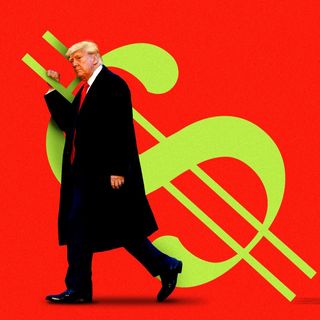









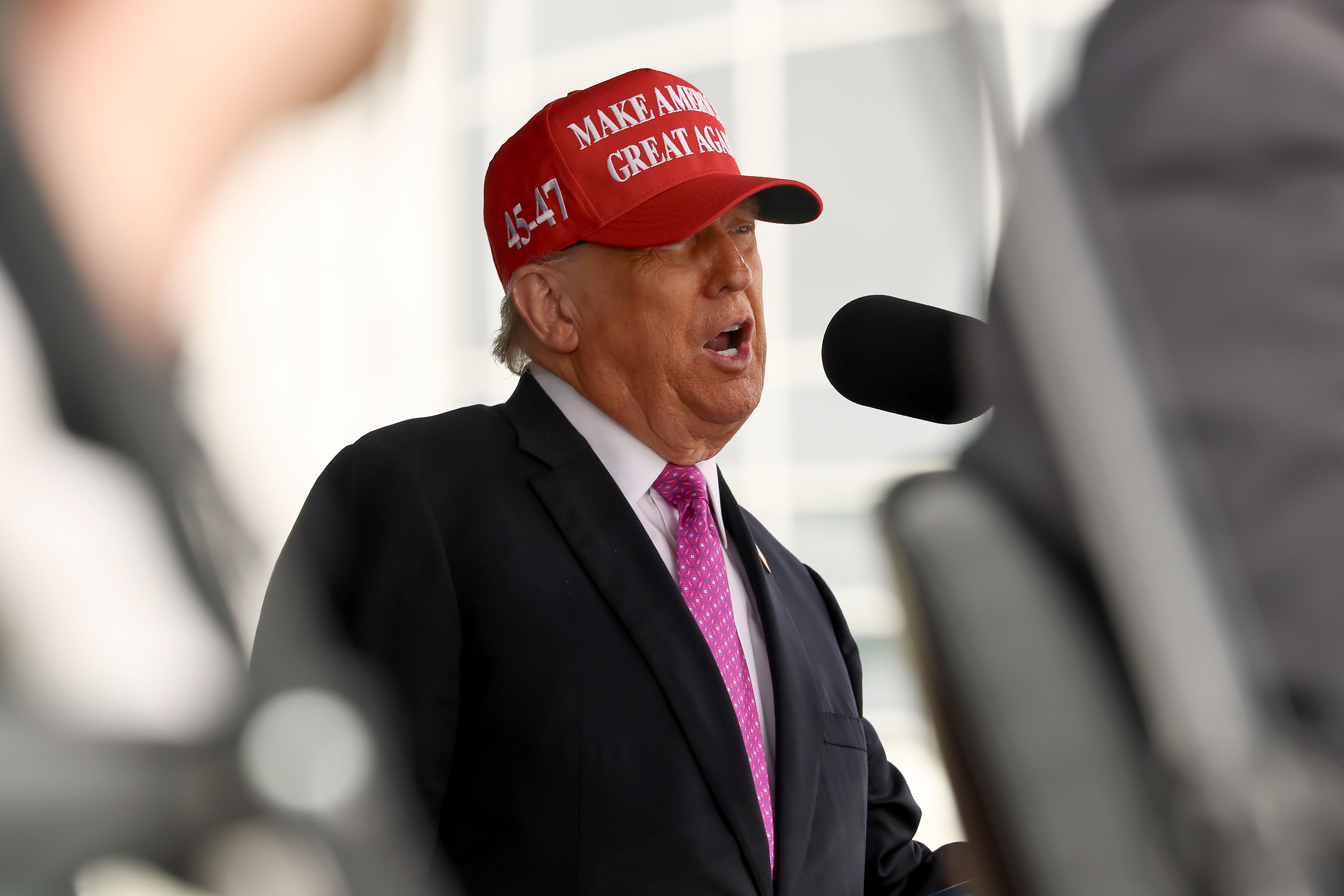


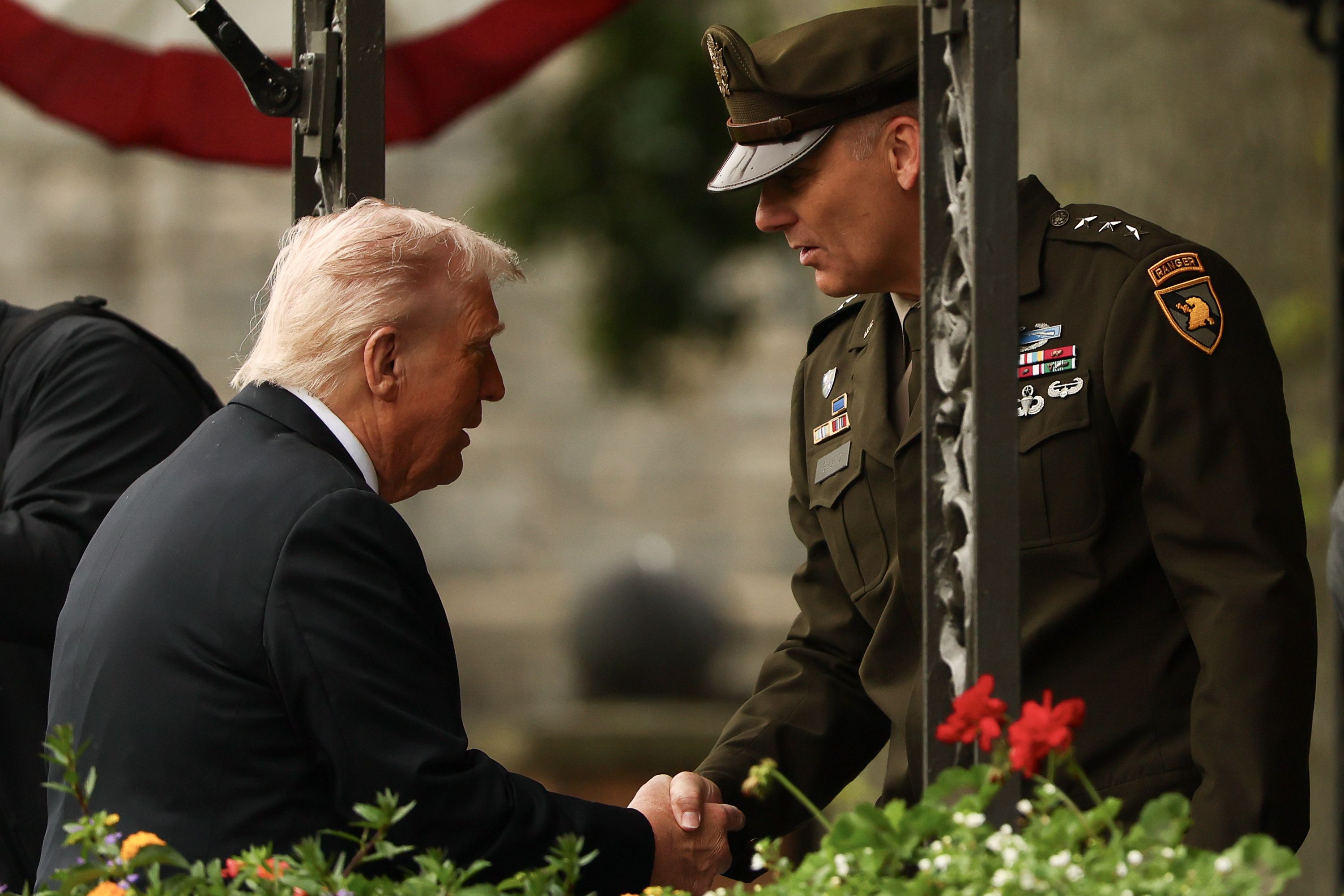

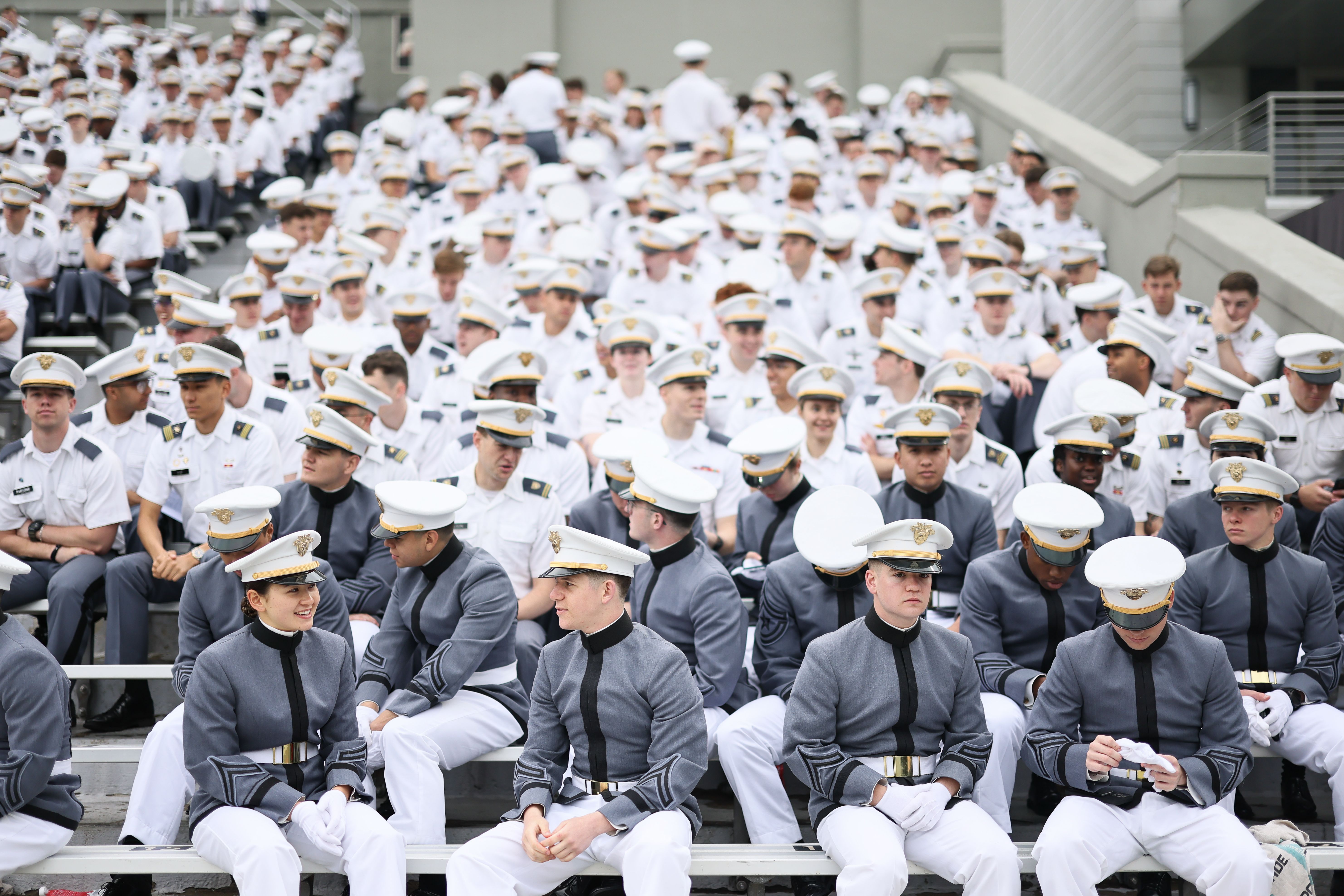


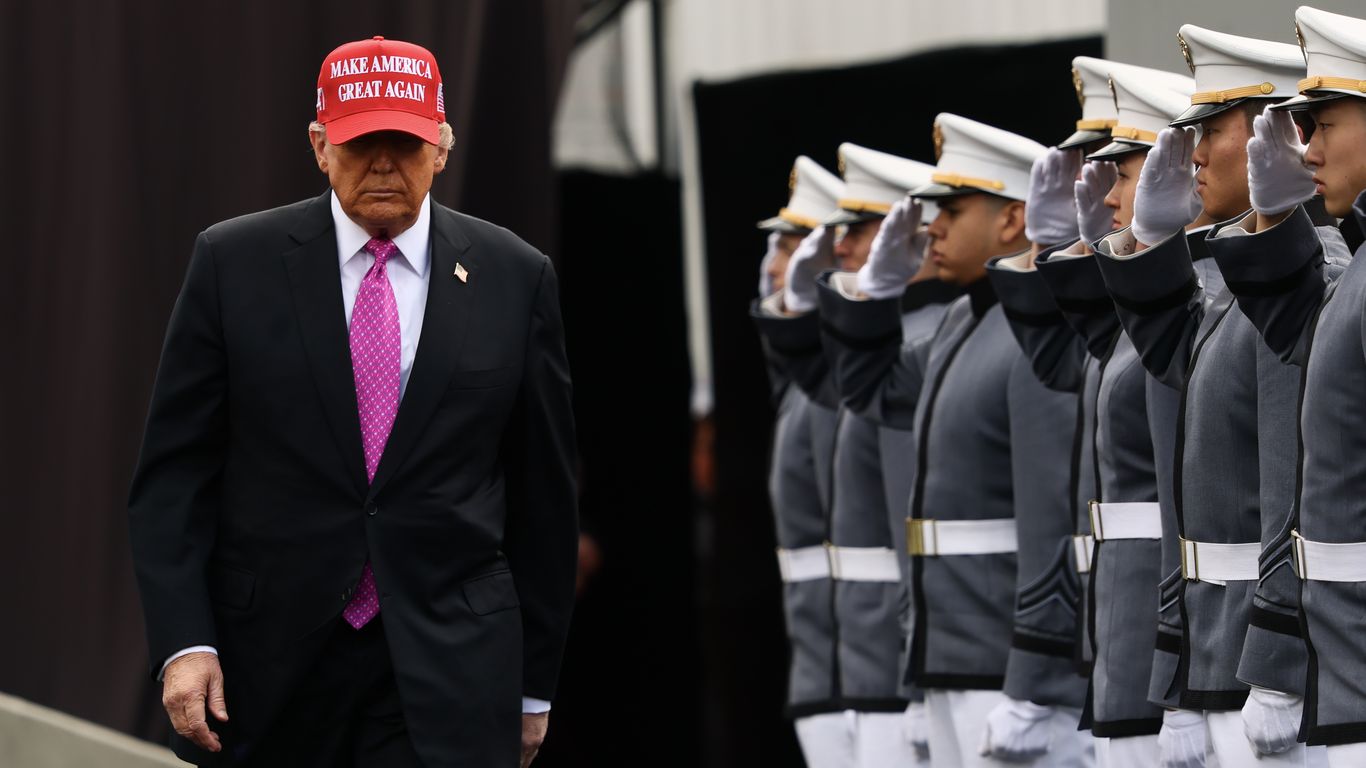
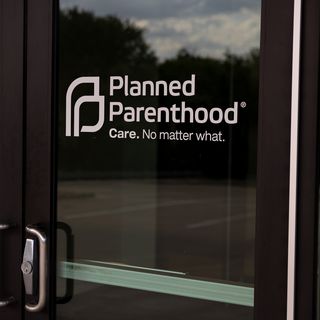




/2025/05/23/1748022534479.gif)
